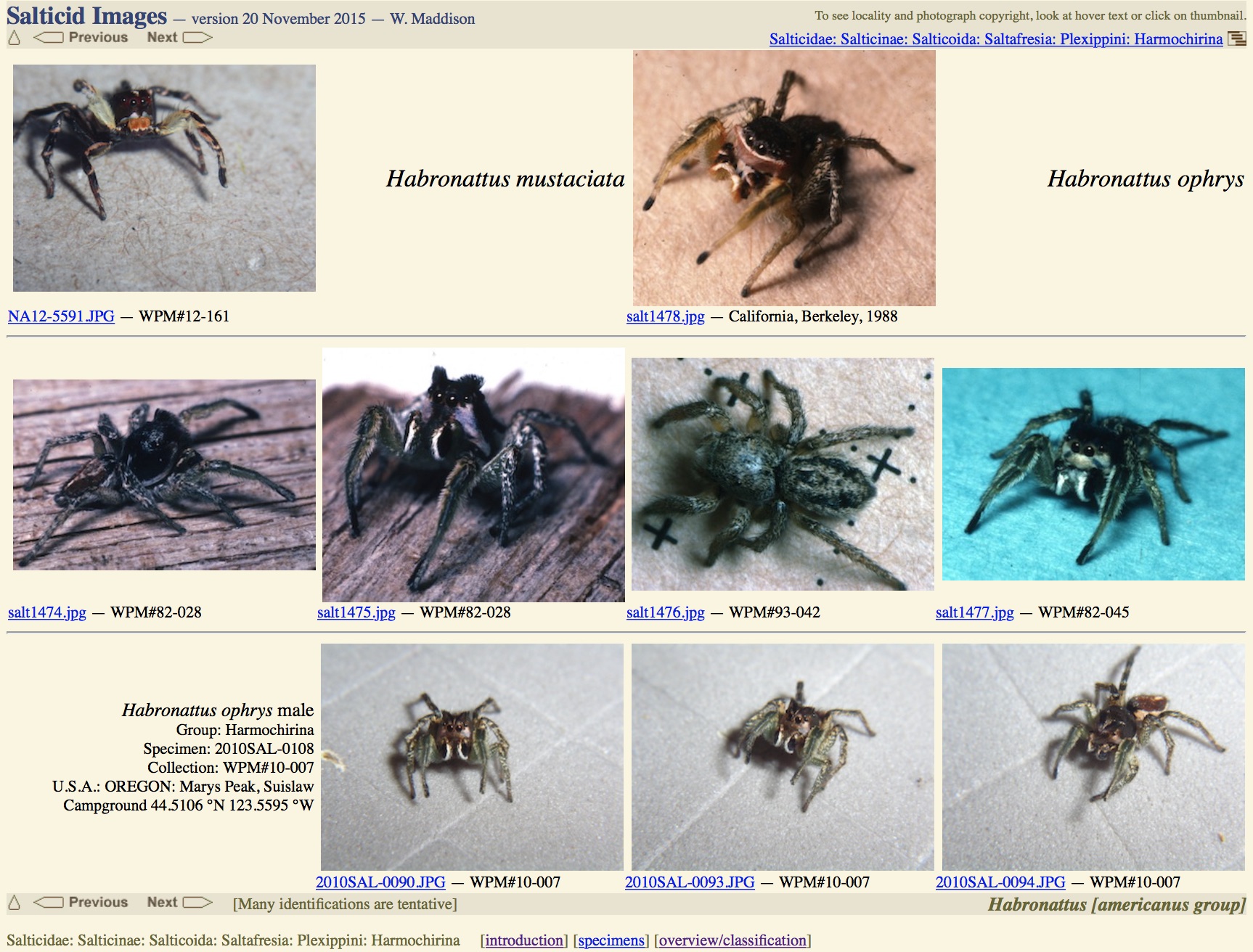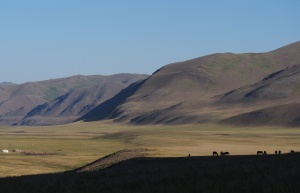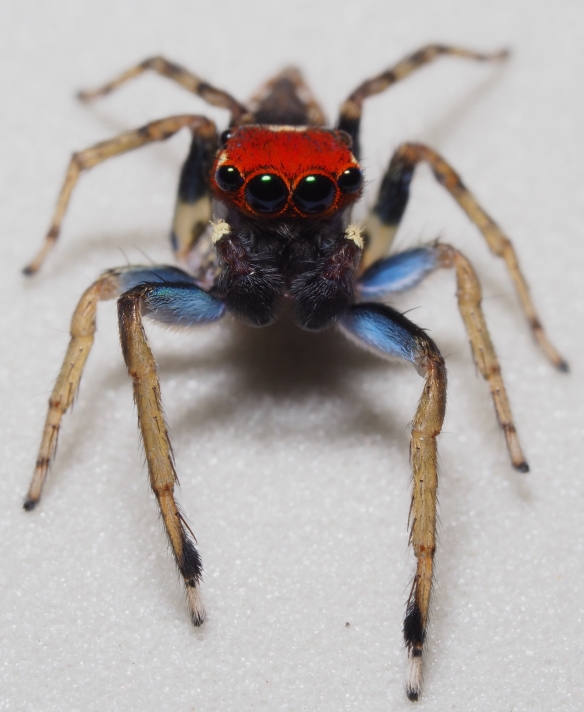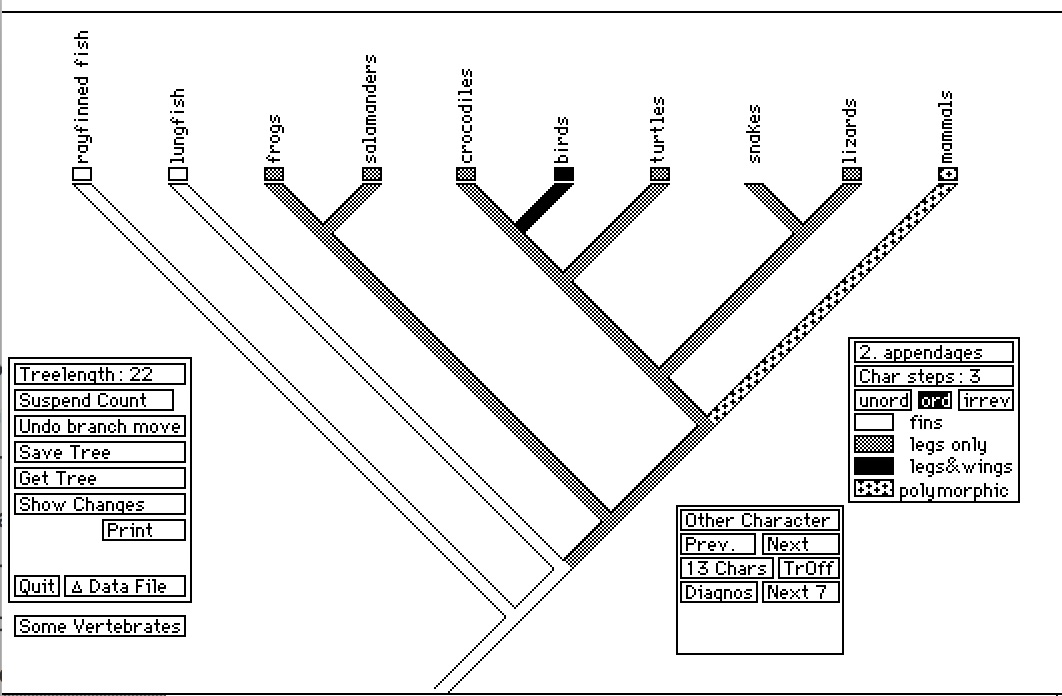 Over the years, I’ve tried to take photographs of living males and females of every species of jumping spider collected on most of our expeditions. This amounts to many hundreds of species, some of them poorly known or entirely undescribed. In total, I have about 27000 digital or digitized photographs of salticids, some going back to the 1970’s.
Over the years, I’ve tried to take photographs of living males and females of every species of jumping spider collected on most of our expeditions. This amounts to many hundreds of species, some of them poorly known or entirely undescribed. In total, I have about 27000 digital or digitized photographs of salticids, some going back to the 1970’s.
There has been no point in keeping them secret, but any system of organizing them for release was hampered by the lack of a good taxonomic organization of the family. Now that I have published a new salticid classification, that problem is solved. Thus, I am releasing most of my photos here: http://salticidae.org/salticidImages. They are released under a Creative Commons license so that they may be re-used. My hope is that they will be useful to other arachnologists in their research, and that arachnological elves will incorporate them into Wikispecies and other places.
As noted, this collection includes many images of undescribed species. If you plan to describe some of these species, please contact me first, because I may already be preparing a species description. Consider this as a fair exchange, because if I am not describing the species, then you are welcome to use the photographs in your own publication describing the species.



 Today is
Today is  At UBC, most of my teaching has been in specialized phylogenetics courses to 4th year undergraduates and graduate students, but that’s about to change. This spring, Jeannette Whitton and I are teaching Fundamentals of Evolutionary Biology (BIOL 336). Jeannette has done the course before, I haven’t, but both of us are looking at it with fresh eyes. Composing a whole series of entirely new lectures has been more work than I’d expected, especially since we are aiming high — we want to be clear and compelling, and have fun while we’re at it. I’m looking forward to the start of the course this coming week, while simultaneously being anxious about whether I’ll have all of my pieces ready on time. Here is
At UBC, most of my teaching has been in specialized phylogenetics courses to 4th year undergraduates and graduate students, but that’s about to change. This spring, Jeannette Whitton and I are teaching Fundamentals of Evolutionary Biology (BIOL 336). Jeannette has done the course before, I haven’t, but both of us are looking at it with fresh eyes. Composing a whole series of entirely new lectures has been more work than I’d expected, especially since we are aiming high — we want to be clear and compelling, and have fun while we’re at it. I’m looking forward to the start of the course this coming week, while simultaneously being anxious about whether I’ll have all of my pieces ready on time. Here is 

